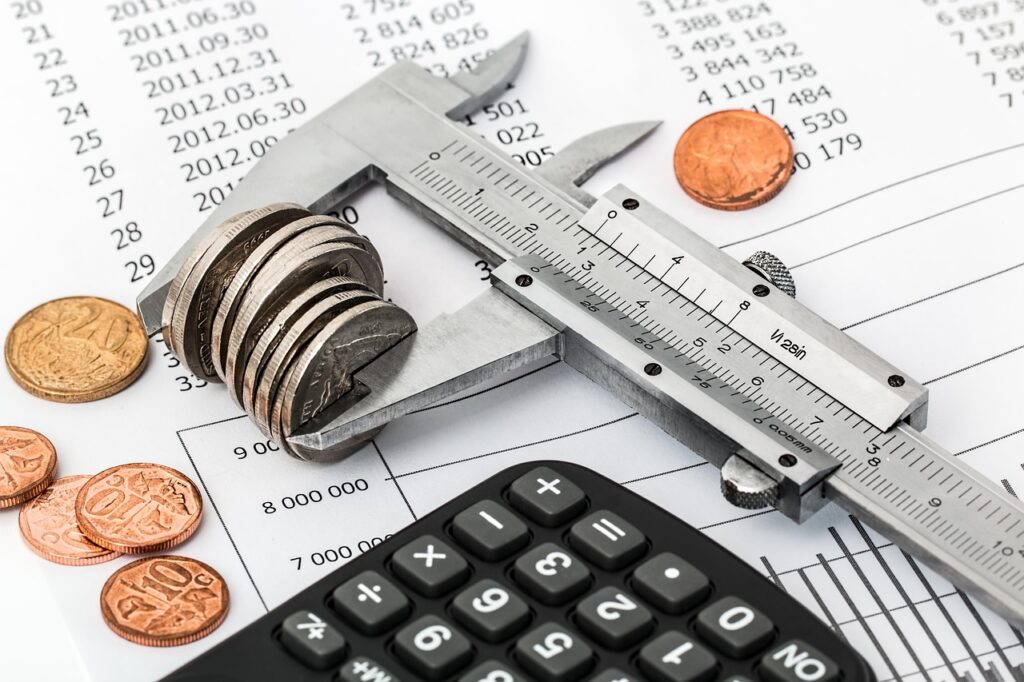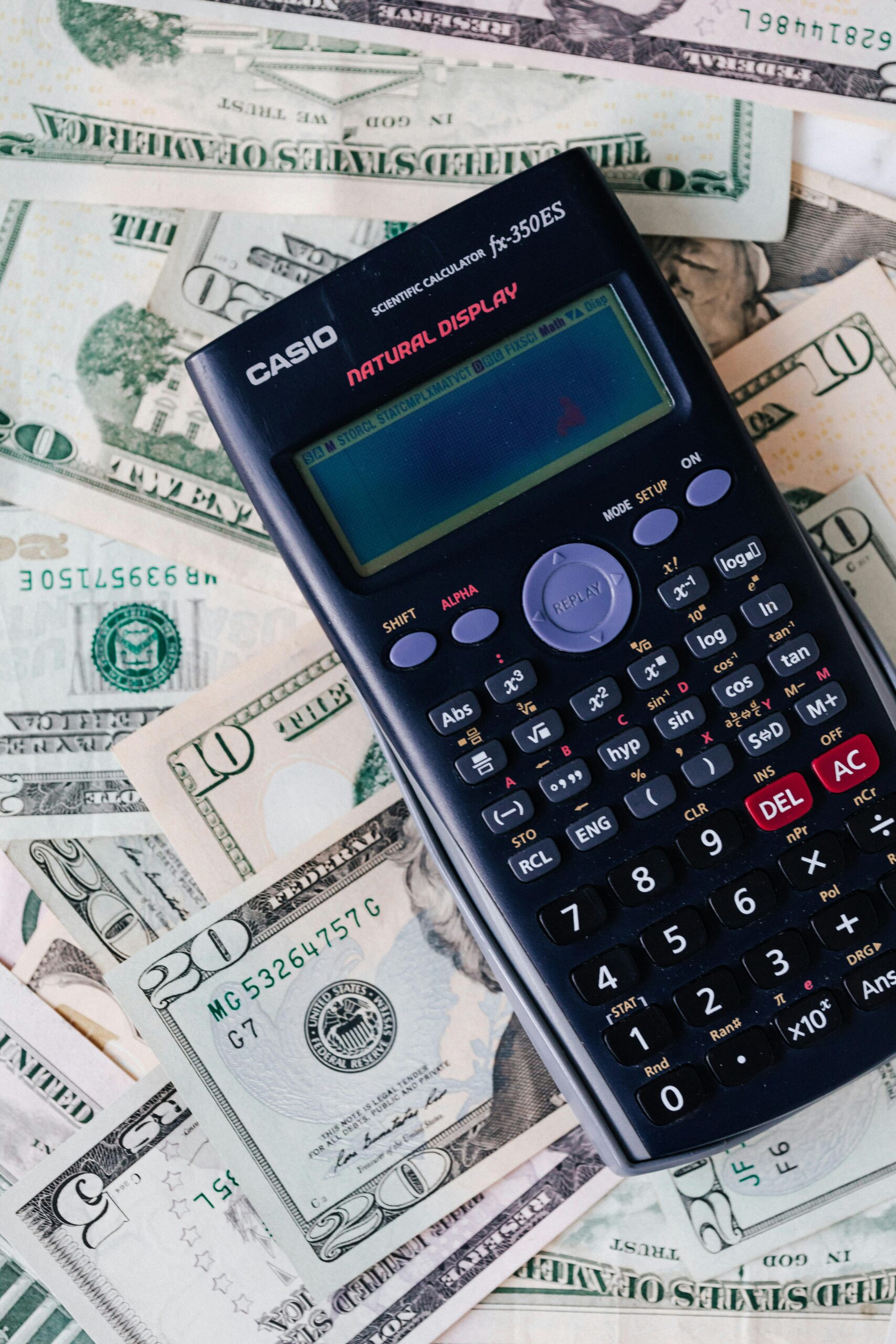
Personal Budget Guideline
- Track Your Income
Start with your total monthly net income (what you take home after taxes and deductions).
💡 Include salary, freelance income, side hustles, passive income, etc. - Use the 50/30/20 Rule (Recommended Starting Point)
💸 50% – Needs
These are essential expenses you must pay:
Rent or mortgage
Utilities (electricity, water, gas, etc.)
Groceries
Transportation (fuel, public transport)
Insurance (health, auto, etc.)
Minimum loan payments
🎉 30% – Wants
These are non-essential, lifestyle-based choices:
Dining out
Entertainment
Subscriptions (Netflix, Spotify)
Travel
Shopping
💰 20% – Savings & Debt Repayment
Focus on building financial security:
Emergency fund
Retirement contributions
Savings for goals (e.g. home, vacation)
Extra payments toward debts (credit cards, loans) - Set Financial Goals
Break goals into:
Short-Term (0–1 year) – Build emergency fund, pay off credit cards
Mid-Term (1–5 years) – Save for car, travel, or education
Long-Term (5+ years) – Home purchase, retirement planning - Track & Review Monthly
Use budgeting apps (like YNAB, Mint, or Excel)
Review your expenses weekly or monthly
Adjust spending where necessary
Watch for “leaks” — small recurring costs that add up - Build an Emergency Fund
Aim for 3–6 months’ worth of essential expenses
Store it in a separate, easily accessible savings account - Avoid or Manage Debt
Prioritize high-interest debt first (credit cards, payday loans)
Avoid borrowing for wants
Consider debt snowball or avalanche methods for payoff - Automate & Simplify
Set automatic transfers to savings
Automate bill payments
Use alerts/reminders to stay on track
Would you like a downloadable template or spreadsheet to go with this? I can create one for you!
You said:

Author: Mohamed Yasin



